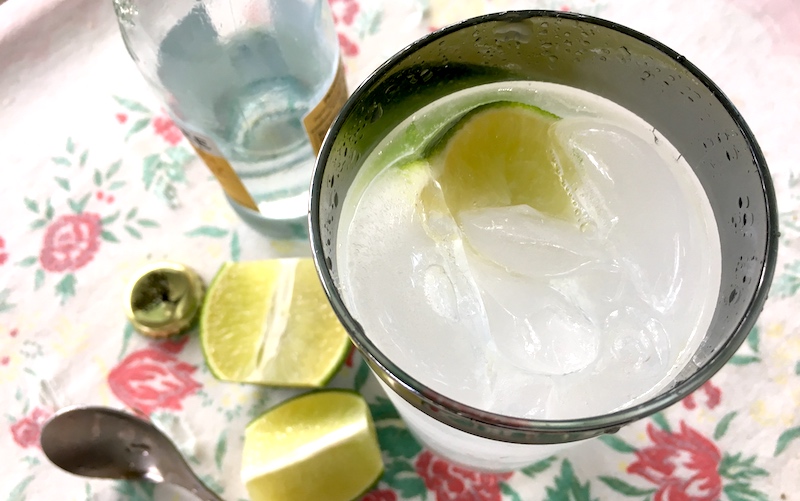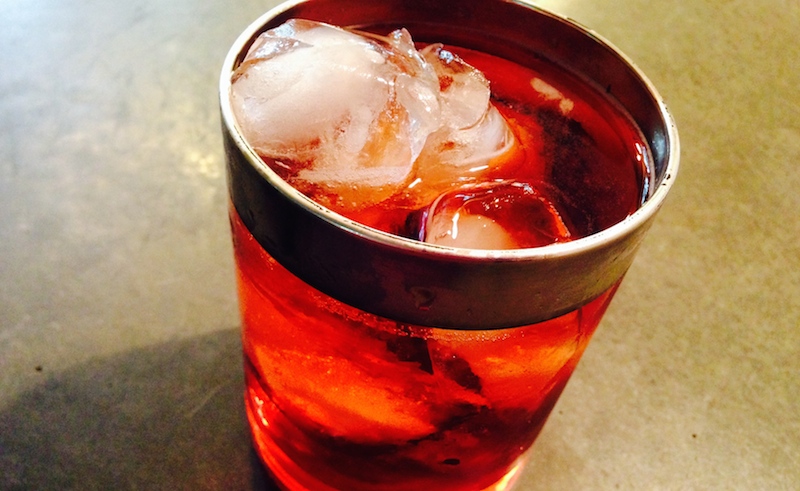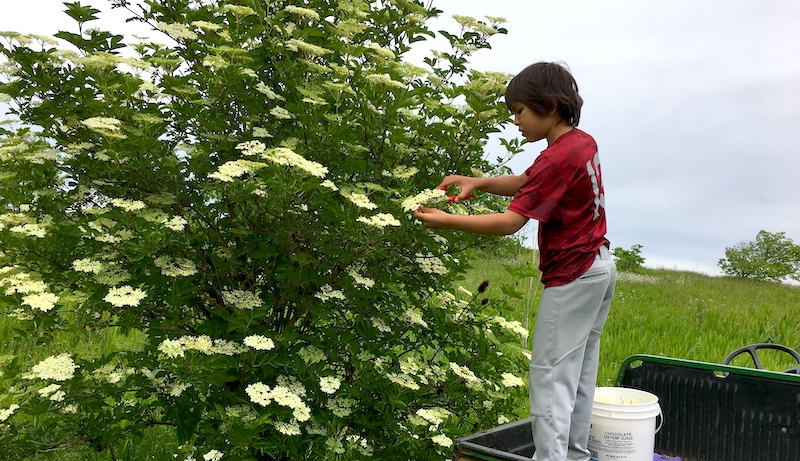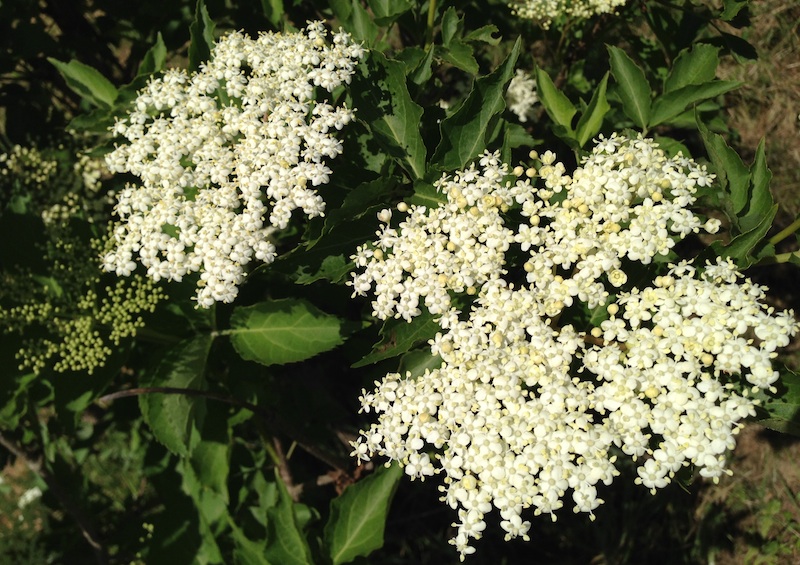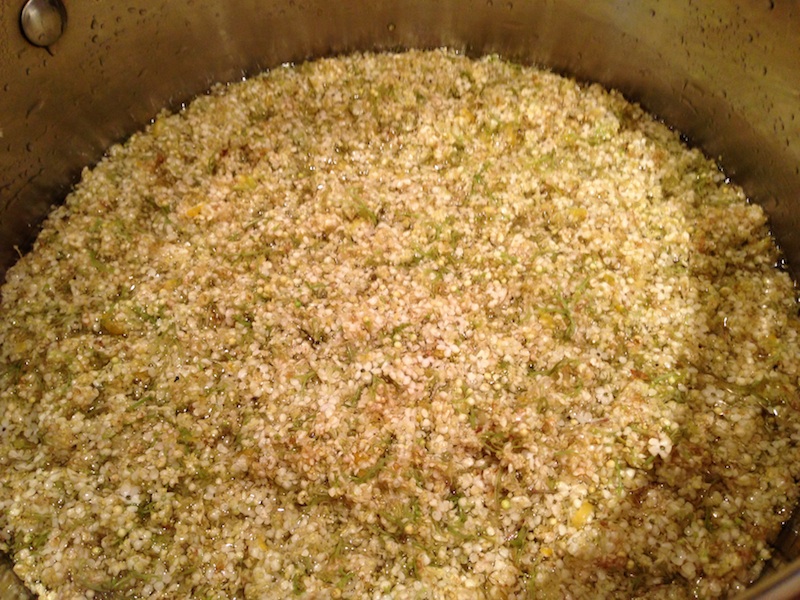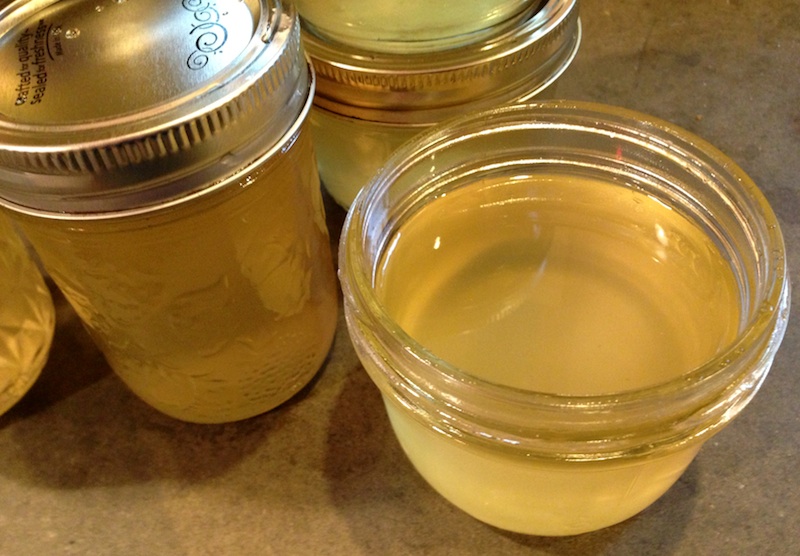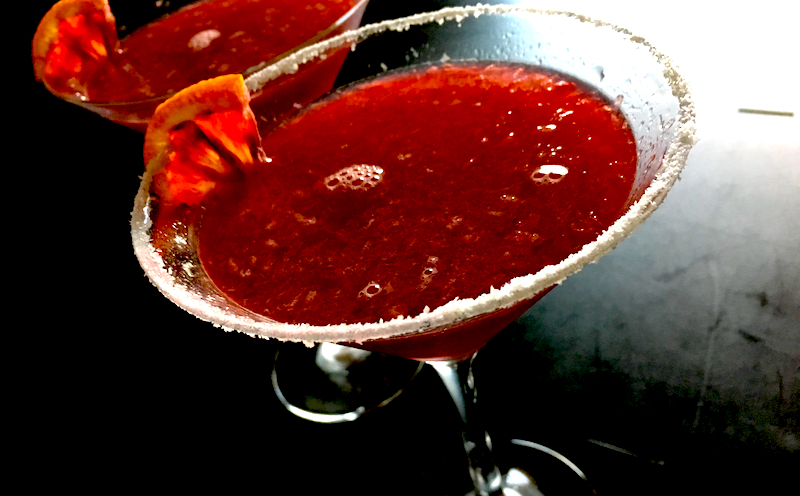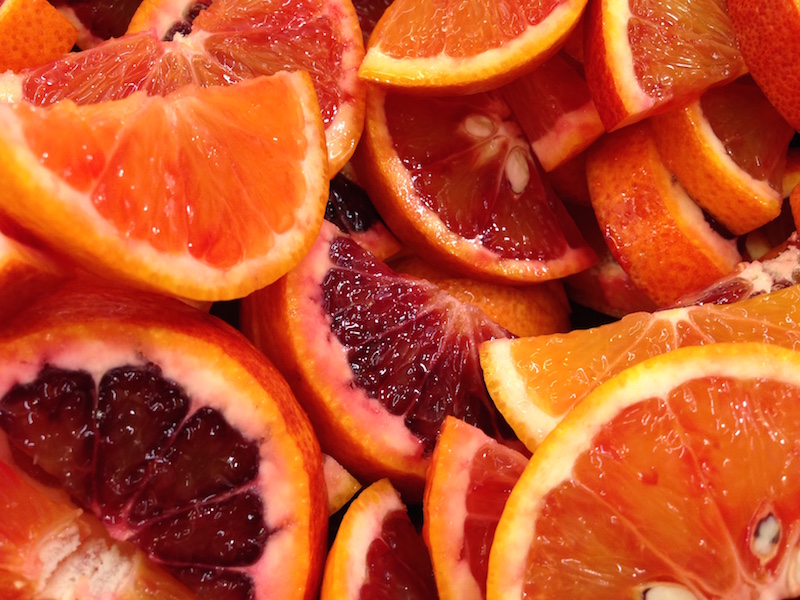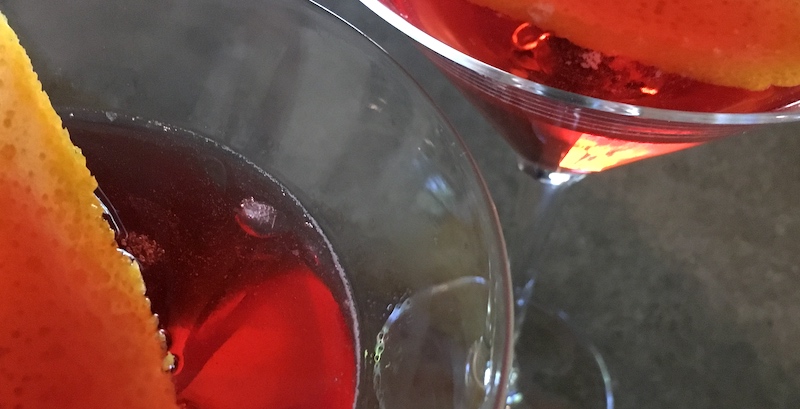
The Best Cocktail in the World
I know, I know, calling a particular drink "the best cocktail" is hyperbole on the scale of saying one religion is the true path and everyone else is going to H-E-double toothpicks. And there are going to be comments like, "Whaddaya mean..." and "You're fulla..." But, doggone it, it's my favorite and I'm not afraid to say it.
Now, I've had lots of other great cocktails. After all, there is such a thing as due diligence in these matters and I'm all about fair play. Martinis, Manhattans, mojitos, lemon drops, G&Ts, sidecars, toddies...I could go on. But the Negroni is the one I always come back to as my touchstone, especially as made by my favorite bartender.
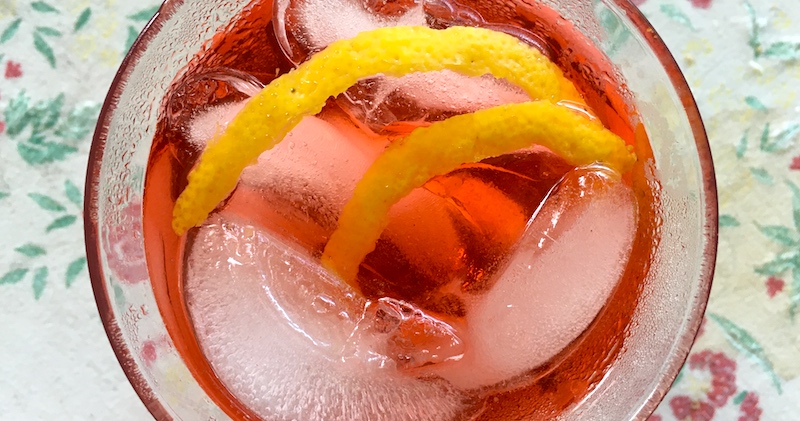
And it's not for everyone. You have to have a taste for the bitter (Campari) along with the sweet (vermouth). And the perfect accompaniment is a twist of lemon, though many practitioners are trying to substitute orange peel—in my opinion giving the drink a cloying oiliness rather than the zing that lemon rind contributes.
So if you're ready to try one, here's the recipe that we've adopted as our own.
Our House Negroni
A good friend of mine described the Negroni as "the perfectly balanced cocktail when made correctly." I've got to agree. The richness of the gin, the bitter-sweetness of the Campari, the balancing acidity of the vermouth. Measure it out if you have to, free pour if you're confident enough, just make it. This is a great old-school drink that originated in the 1930's, and is making a comeback today. Big ups for this very refreshing adult beverage.
1 part Gin
1 part Campari
1/2 part Sweet Vermouth
1/2 part Dry Vermouth
Fill your cocktail shaker halfway with ice, dump in the booze, shake then strain into a chilled martini glass and garnish with a twist of lemon.
A note on the gin: I love Beefeater and Taqueray, but with this drink I actually prefer the less assertive flavor of a Gordon's Dry Gin or a similar mid-range gin. Also, if you look in a vintage bar guide, it will invariably say one part sweet vermouth with no dry vermouth. But I was shown this half-and-half method by the bartender at Bix Restaurant in San Francisco many years ago—a great "must stop" bar for you martini fans—and this rounds out the flavors perfectly. Cheers!
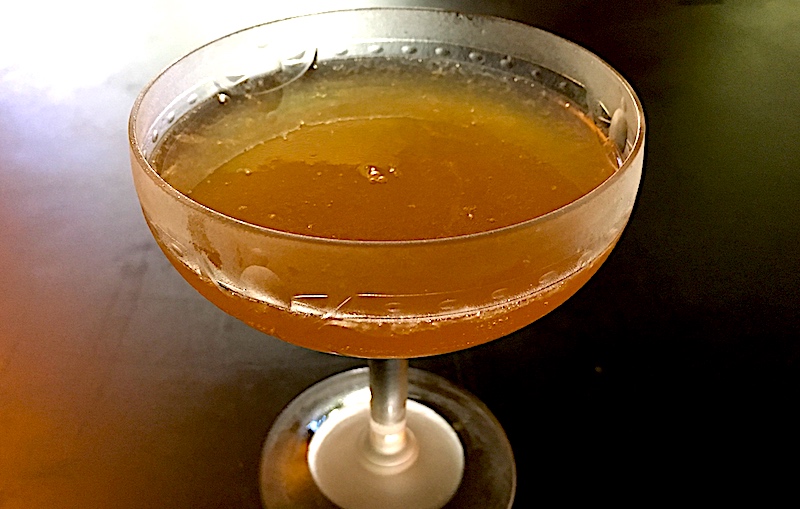
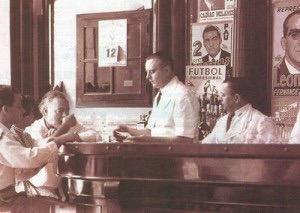
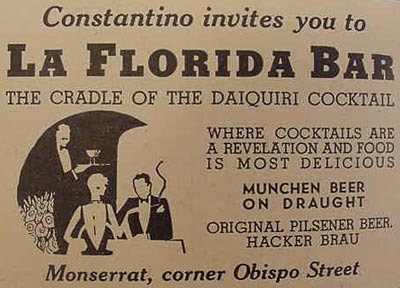
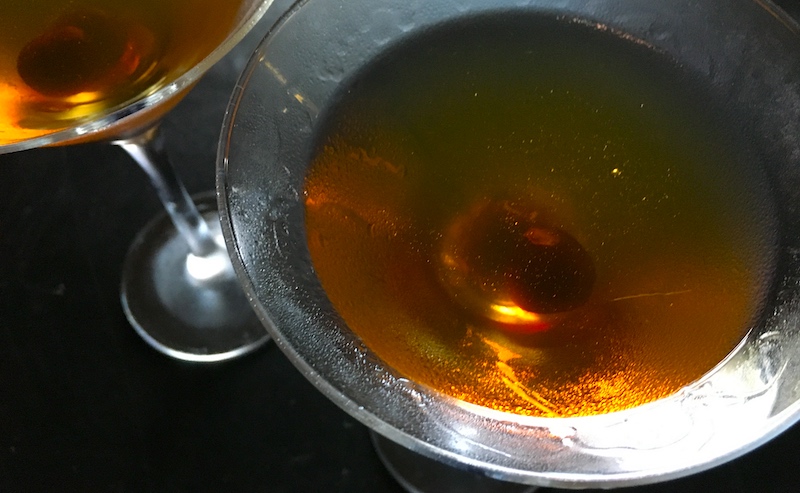
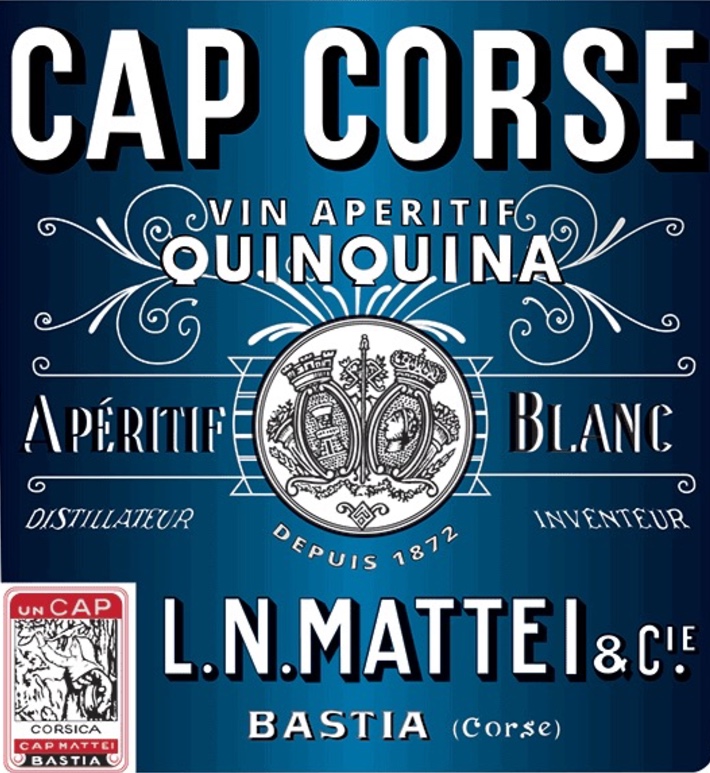 Knowing my fondness for bitter aperitifs—Cocchi Americano Bianco, almost any Italian amaro and, of course, Campari—Bruce was more than happy to recommend adding it to our home bar. Looking it up, I learned it's one of the oldest and best known aperitifs from Corsica, "made from a base wine of Vermentino and Muscat, with subsequent additional macerations of herbs, spices, the local citron fruit, and cinchona bark (quinine, hence the name)."
Knowing my fondness for bitter aperitifs—Cocchi Americano Bianco, almost any Italian amaro and, of course, Campari—Bruce was more than happy to recommend adding it to our home bar. Looking it up, I learned it's one of the oldest and best known aperitifs from Corsica, "made from a base wine of Vermentino and Muscat, with subsequent additional macerations of herbs, spices, the local citron fruit, and cinchona bark (quinine, hence the name)."